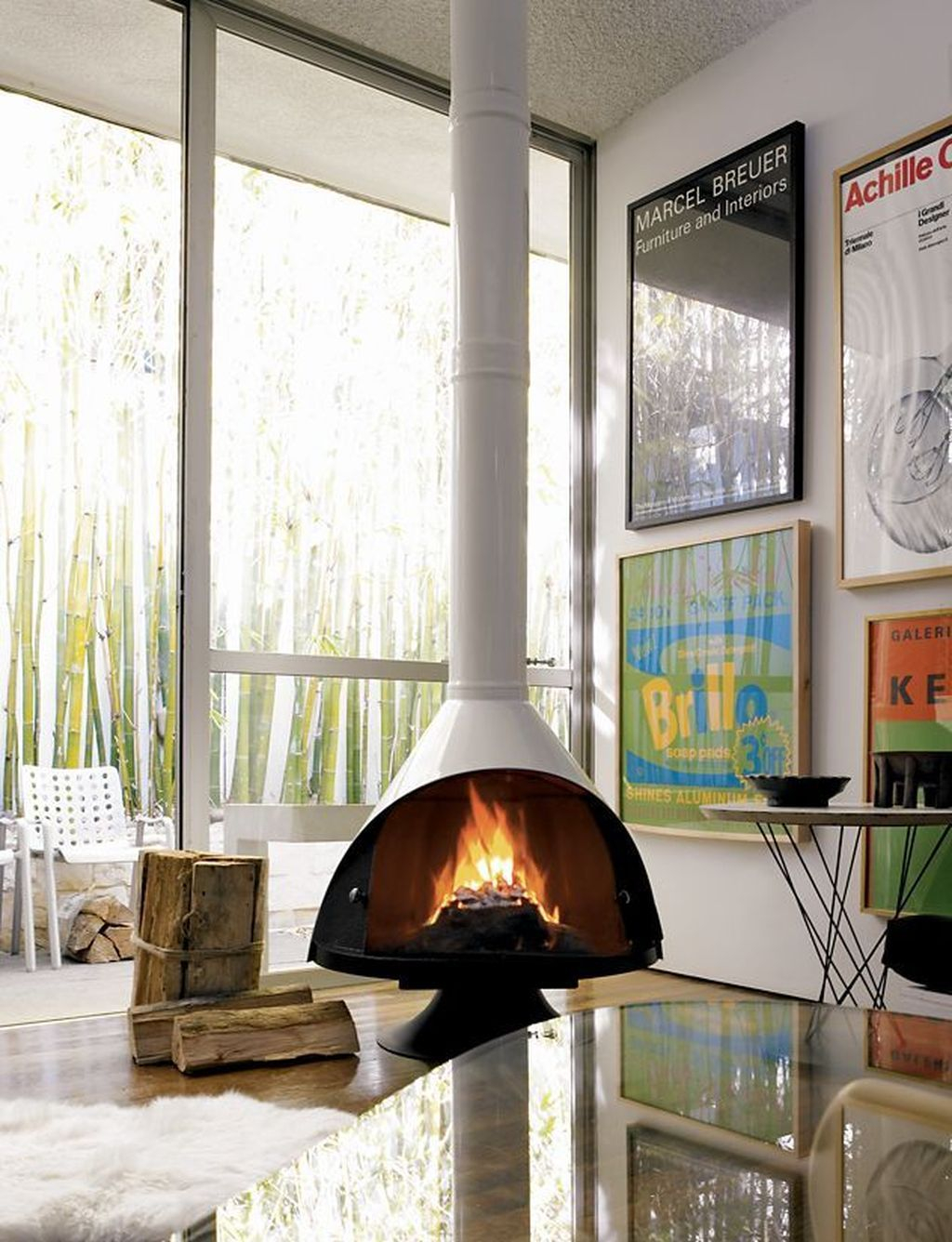
The Central Role Of Fireplaces In Nordic Homes
Fireplaces have long been a central feature in Nordic homes, providing warmth, ambiance, and a gathering place for family and friends. In this article, we will explore the rich history and cultural significance of fireplaces in Nordic countries, as well as their practical benefits and modern adaptations.
A Brief History Of Nordic Fireplaces

Fireplaces have been an integral part of Nordic homes for centuries, dating back to the Viking Age. In those times, fireplaces were typically built in the center of the house, serving as both a source of heat and a cooking area. The design of Nordic fireplaces evolved over time, with the introduction of chimneys and more efficient heating systems.
During the Middle Ages, fireplaces became even more important as the primary source of heat in Nordic homes. Stone hearths and large fireplaces were common, often located in the main living area or the kitchen. These fireplaces were typically made of stone or brick, and some even had intricate carvings or decorative elements.
As the centuries passed, fireplaces continued to play a central role in Nordic homes. In rural areas, where wood was abundant, fireplaces were used for both heating and cooking. The fireplace was often the heart of the home, with family members gathering around it to keep warm, cook meals, and share stories.
Cultural Significance Of Fireplaces

Fireplaces hold a special place in Nordic culture, symbolizing warmth, coziness, and a connection to nature. The long, dark winters in the Nordic countries make fireplaces essential for creating a welcoming and comfortable atmosphere in the home.
In many Nordic homes, the fireplace is the focal point of the living room or common area. It is often adorned with candles, artwork, or other decorative items, further enhancing its visual appeal. The crackling sound of the fire and the soft glow of the flames create a soothing and calming ambiance, perfect for relaxation and contemplation.
Fireplaces also play a central role in Nordic traditions and celebrations. For example, during Christmas time, it is common to decorate the fireplace mantel with evergreen branches, candles, and other festive ornaments. The fireplace serves as a backdrop for family gatherings and the exchange of gifts.
Practical Benefits Of Fireplaces

Beyond their cultural significance, fireplaces offer several practical benefits in Nordic homes:
- Heating: Fireplaces provide an efficient and cost-effective method of heating, especially in areas where wood is readily available. The radiant heat from the fire warms the room, creating a comfortable environment during the cold winter months.
- Energy Efficiency: Modern fireplaces are designed to be more energy-efficient, with features such as air vents and heat reflectors that maximize heat output and minimize heat loss.
- Cooking: In traditional Nordic homes, fireplaces were used for cooking meals. While this practice has become less common in modern times, some homeowners still enjoy the experience of cooking over an open fire.
- Ambiance: Fireplaces create a cozy and inviting atmosphere, perfect for relaxation and socializing. The flickering flames and warm glow of the fire provide a natural focal point in the room.
- Backup Heating: In the event of a power outage or heating system failure, a fireplace can serve as a reliable backup heat source, ensuring that the home remains warm and comfortable.
Modern Adaptations

In recent years, Nordic fireplaces have undergone modern adaptations to meet the changing needs and preferences of homeowners. Some of these adaptations include:
- Efficient Wood-Burning Stoves: Traditional open fireplaces have been replaced by more efficient wood-burning stoves that provide better heat output and reduce the environmental impact.
- Gas Fireplaces: Gas fireplaces have gained popularity in Nordic homes due to their convenience and ease of use. These fireplaces offer instant heat and can be controlled with a simple switch or remote control.
- Electric Fireplaces: Electric fireplaces have also become a popular choice, especially in urban areas where wood-burning options may be limited. These fireplaces offer the ambiance of a real fire without the need for ventilation or maintenance.
- Fireplace Inserts: For homeowners with existing open fireplaces, fireplace inserts are a practical option. These inserts can be retrofitted into the existing fireplace to improve efficiency and reduce heat loss.
Summary

Fireplaces have played a central role in Nordic homes for centuries, providing warmth, ambiance, and a gathering place for family and friends. They hold a special cultural significance, symbolizing coziness and a connection to nature. Beyond their cultural importance, fireplaces offer practical benefits such as heating, energy efficiency, and cooking capabilities. In recent years, modern adaptations have emerged, including efficient wood-burning stoves, gas fireplaces, electric fireplaces, and fireplace inserts. Whether traditional or modern, fireplaces continue to be cherished and valued in Nordic homes, creating a sense of comfort and well-being.